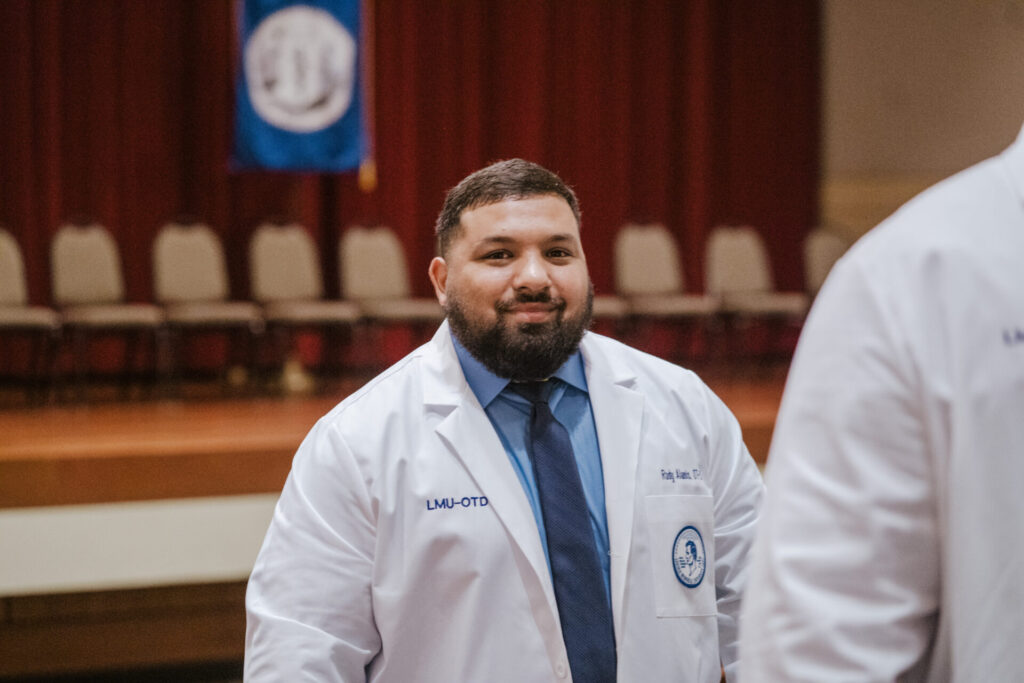- Find a DoctorDoctors by Specialty
- Cardiac Electrophysiology
- Cardiology
- Colon & Rectal Surgery
- Family Medicine
- Gastroenterology
- General & Vascular Surgery
- Gynecological Oncology
- Gynecology
- Infectious Disease
- Internal Medicine
- Interventional Cardiology
- Interventional Radiology
- Nephrology
- Neurology
- Neurosurgery
- Obstetrics & Gynecology
- Oncology
- Oncology & Hematology
- Orthopedic Surgery
- Otolaryngology
- Perinatology
- Psychiatry
- Pulmonary Medicine
- Radiation Oncology
- Rheumatology
- Sleep Medicine
- Thoracic Surgery
- Urology
- View All Doctors
- Our ServicesMedical Services
- Bariatric Services
- Behavioral & Mental Health
- Breast Care
- Cancer Care
- Critical Care
- Ear, Nose, & Throat
- Emergency Services
- Gastroenterology
- Glossary
- Heart Care
- Home Care
- Hospice & Palliative Care
- Imaging & Diagnostics
- Long-Term Care
- Nephrology
- Orthopedics
- Primary Care
- Rehabilitation Therapies
- Robotic-Assisted Surgery
- Sleep Services
- Spine Care
- Stroke Care
- Surgery Services
- Telehealth Services
- Urology
- Urgent Care
- Virtual Urgent Care
- Women’s Services
- Wound Care
- Our Locations
- Patients & Visitors
- About Us
[bs_lead]LeConte Sports Medicine Coordinator finds growing awareness of the law protects student athletes. [/bs_lead]

In the second football season since enactment of Tennessee’s “return to play” law, certified athletic trainer Scott Byrd, ATC, LAT, says the legislation is helping coaches and athletic trainers better recognize concussions and protect athletes.
“As far as the return to play progression, it has helped us protect the athletes better by not returning them to play too soon,” said Byrd, coordinator of sports medicine at LeConte Medical Center in Sevierville.
Byrd, who is also president of the Tennessee Athletic Trainers Society, added that consistent education and application of the law is essential for its effectiveness. Educating coaches, parents and players about the signs and symptoms of concussion, a form of brain injury, is one of three main components of the law.
Byrd says the high schools served by LeConte Sports Medicine athletic trainers (Seymour, Sevier County, Pigeon Forge, Gatlinburg-Pittman, The Kings Academy and Northview Academy in Sevier County and Cocke County and Cosby high schools in Cocke County) require the student athlete and parent/guardian to sign and initial a three-page document that explains the signs, symptoms and risks of concussions.
The other two provisions are immediate removal from the game once a concussion is suspected and the requirement of a medical clearance to return to competition. That clearance can come only from a physician or clinical neuropsychologist specifically trained in concussion management.
The law became effective Jan. 1, 2015, and governs all organized sports for youths 18 and younger. Its greatest effect is on football, which accounts for about half of all sports-related concussions.
How to Assess
Byrd said that LeConte Sports Medicine uses a sports concussion management tool to help assess and protect athletes. The test measures cognitive skills and is given to students beginning their freshman and junior years. These results serve as a baseline if a concussion occurs.
On the sidelines, medical personnel and certified athletic trainers like Byrd use a separate assessment tool for injuries that occur during a game. After an injured athlete is removed from the field, the test measures symptoms, orientation, memory, recall, balance and gait. The scores from the sideline test can then be used in addition to previous baseline assessments to determine the severity of the athlete’s injury.
Once the athlete is no longer showing signs of a concussion (dizziness, headaches, nausea or vomiting, blurred vision, light sensitivity, balance problems), the baseline test is administered once again to see whether there are any lingering effects. After being cleared by a physician, the athlete can begin a series of activities (such as a light cardio workout or light weights) over a six-day period.
Statistics
According to the American Association of Neurological Surgeons, studies estimate between four and 20 percent of high school football players will sustain a brain injury over the course of one season. Once a concussion occurs, the risk of a second is three to six times higher. Returning to play too soon, Byrd said, can lead to “Second Impact Syndrome,” which might include cerebral swelling, brain herniation and even death. Although rare, it is particularly devastating, as young, healthy patients can die within minutes of the second impact.
“The education component has to become more routine in order to understand and know more about the law,” said Byrd, who supports consistent goals, regulations, standards and penalties for non-compliance in applying the “return-to-play” law.
Byrd said increased reporting of concussions over the past couple of years is a good sign that the law is raising awareness.
“The proper way to treat a concussion is to take care of it when it happens,” he said. “There’s not a miracle cure for a concussion. The brain has to have time to heal and recover.”

























